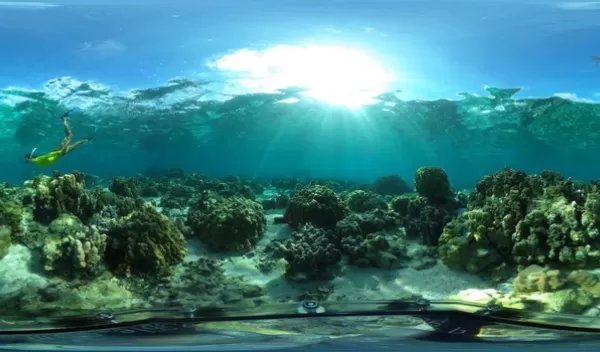
Coral reefs' 'taste' and 'smell' provide insights into a dynamic ecosystem
Coral reefs are hotspots of biodiversity and are very productive, with a vast number of organisms interacting simultaneously. Now, scientists have discovered hundreds of new molecules in these tropical reefs. The research was supported by the U.S. National Science Foundation and took place at NSF's Moorea Coral Reef Long-Term Ecological Research site.
The compounds -- modified amino acids, vitamins and steroids -- comprise the "smell" or "taste" of corals and algae in reefs, and will help scientists understand food web dynamics and the chemical ecology of these ecosystems.
The study, led by researchers at the Scripps Institution of Oceanography, University of Hawai'i at Mānoa and other institutions, was published in Proceedings of the National Academy of Sciences.
Although corals are fixed to the seafloor, these organisms interact via chemicals dissolved in water. The chemicals' quantity, energy content and structural diversity have been a mystery to biologists.
Until now, the researchers say, they did not have the analytical capabilities to study the thousands of different molecules that make up the coral reef "exometabolome."
In the reefs surrounding Mo'orea in French Polynesia, the team collected specimens from two reef-building corals (boulder coral and cauliflower coral), one calcified red alga (crustose coralline algae), one brown alga, and one algal turf (a mix of microscopic filamentous algae). Then the researchers isolated and analyzed the molecules each organism releases into the seawater during photosynthesis in the daytime and at night when photosynthesis ceases.
The biologists found that these organisms release hundreds of different compounds which ultimately influence the chemistry of the seawater. The compounds determine nutrient concentrations and the availability of vitamins and minerals essential to the plants and animals that inhabit coral reefs.


